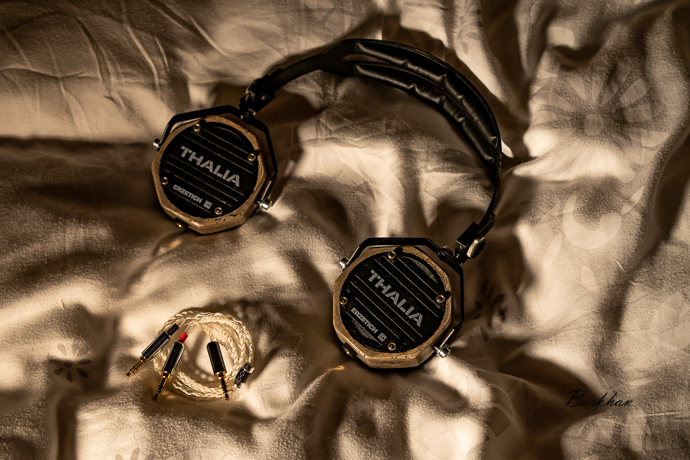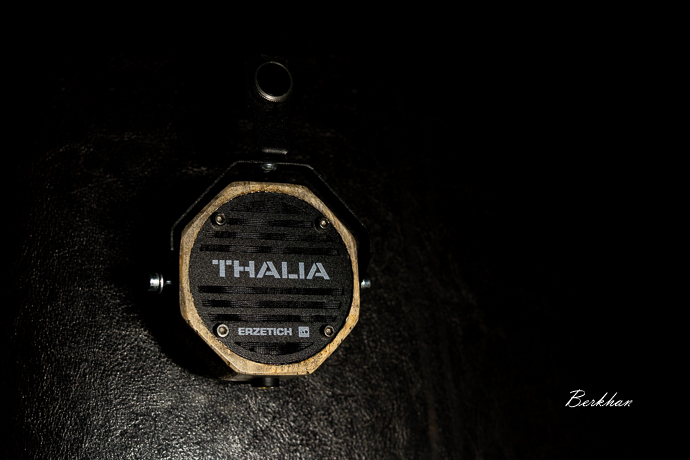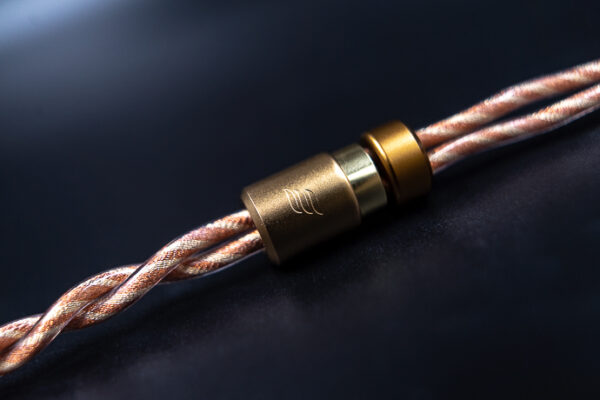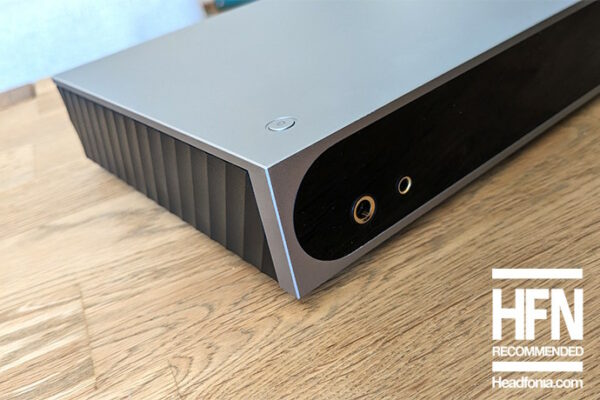Comfort
Erzetich Thalia is not the most comfortable headphone I’ve tested. But then again, I’m not a huge fan of on-ear headphones anyway. So take my words a bit less seriously here. It’s like those legendary Grado headphones comfort-wise. Grados aren’t too comfortable either and they can actually get worse because of their foam pads making your ears sweat after a while.
You have a bit more luck with Erzetich Thalia here as it has softer pads with good enough depth. The clamping force is a bit high when you first use the headphone. You can stretch it with time and certain methods like putting some books in between or something like that. The good thing about this clamping force is that the headband doesn’t necessarily touch your head on top. This provides a bit more endurance when wearing it for long periods of time.
Overall I find the comfort good enough for medium to long periods. I’m personally not an on-ear headphone user even though I used some Grado and AKG models back in the day. On-ears are just not my choice but the Thalia feels good in the head. It weighs only 270gr so it has the lightness advantage. That of course makes everything much easier.
Sound Quality
The sound of the Thalia is organic, smooth, dark, and a bit warm. It has a warm-ish bass response, velvet mids, and non-fatiguing yet detailed treble response. It has a great instrument and vocal presentation which feels like a real-life session sometimes. I especially liked its instrument timbre and performance when it comes to genres like Classical, Vocal Jazz, Classic Rock, and Indie. It’s not a popular music headphone in my opinion.

Erzetich Thalia
Bass
The bass has very good depth, texture, and layering. Since this is a dynamic driver headphone, it doesn’t have any problems regarding giving the deep notes of the bass. The contrabass notes are very impressive in particular, which is important for me because it makes the Jazz songs more enjoyable in my book.
The mid-bass is a bit more apparent than the sub-bass. Yet, it has great performance when it comes to sub-bass too, which is quite trackable with movie soundtracks. So I think you can also play games and watch movies with this headphone because the bass can go quite deeper than you assume. So I think the tuning of this dynamic driver is very successful. Even though it has great bass presence and texture, it doesn’t overdo it with too much quantity. The bass has very good speed and decay with the Thalia.
Mids
Erzetich Thalia has very smooth mids. It’s quite ear-pleasing in its nature and it reproduces the instruments effortlessly with great natural timbre. The tonality is very impressive since it has no problems when it comes to mid-range body and warmth.
There’s good attack and dynamism in this section so listening sessions with this headphone are never boring. The dynamic driver produces very impressive instrument tones here. It sounds like and high-end wooden speaker in terms of timbre. I don’t say it’s the same thing but the presentation with the Thalia reminds me of a Sonus-Faber or Taylor Acoustic speaker system. Those brands produce great speakers with incredible timbre quality so I gave them as an example. You can of course bring up more examples from high-end audio brands. You get the idea.
So overall I think the most successful part about his headphone is the instrument timbre and overall mid-range performance. It’s organic, smooth, and realistic.

Erzetich Thalia
Treble
High are not in your face, they’re instead pushed back in the soundstage a bit. But even being slightly distant, they sound surprisingly detailed and clean. The treble is articulated and it extends well, although not being incredibly transparent. This is not a bright headphone by any means. However, it gives some minuscule details in many songs which surprised me at times, especially with Jazz recordings.
Treble is also effortless, non-fatiguing, and reasonably clean. There’s good resolution here but as I said, it’s not the highlight of the show here. In the soundstage, the treble sounds from the back of the recording but with a good definition. If you like very bright headphones like the Grado SR325 series for instance, this is a different headphone with a different approach. But it still does well with treble quality.
The review continues on page 3 with technical performance and conclusion.







